With footfall on the high street reported to have declined month on month over the previous quarter, retailers are under pressure.
A decline in confidence is affecting trade. There’s also the significant shift to online, with e-commerce growing 16% year on year, which, although decelerating compared with previous years, is still growing faster than stores. And, finally, there’s the move to the discounters.
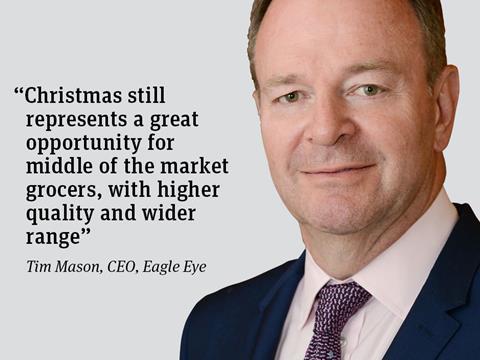
One of the main drivers of bricks and mortar is expansion. The hard discounters are the only retailers confident enough to open new stores, and when it comes to expansion, success will beget success. A new store will continue to grow significantly faster than a mature store, over a three, four, even five-year period.
Aldi, Lidl and Iceland are the only grocers that didn’t lose any market share in the last 12 months, with Lidl remaining the UK’s largest growing supermarket. In fact, Lidl accounted for half the grocery market’s overall growth for the period.
However, Christmas still represents a great opportunity for middle-of-the-market grocers, with higher quality and wider range. These retailers do better during the festive season, because although most of the year consumers are prepared to experiment, at Christmas people don’t want to take risks. They want the gifts they give and the food they serve to be perfect. This is why M&S does so well.
While retailers are concerned about losing customers to discounters, those customers will be back, along with additional annual visitors during the festive season. But what are retailers doing to retain them?
Digitally capturing customer identities is essential and the core of running an effective cost-efficient marketing strategy in real time.
Driving signups to loyalty programmes is important, but not essential, as lots of customers might not be signed up, or even want to be. Retailers should run programmes that encourage the digital capture of customer data to give a single customer view. Through this, retailers will understand the size of their widest available customer base. Then, come the new year, they can use that data to understand shopper habits, how loyal versus less loyal customers behave, and use this to create digital performance marketing strategies.
There is a golden window of opportunity between now and Christmas where retailers can do it. If it’s not in the plan now, that still gives you 12 months to plan ahead for next year. But every year missed, the online market continues to grow, customers become more loyal to discounters and so the seasonal flight back to quality is a little lower. Don’t wait too long to get hold of that dream master list.
Tim Mason is CEO of Eagle Eye


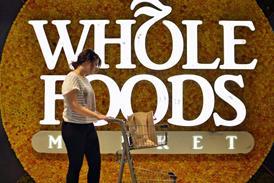


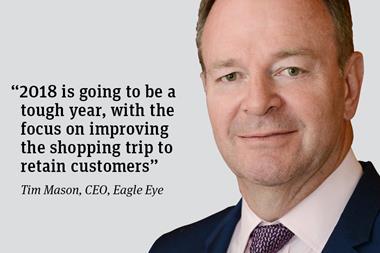


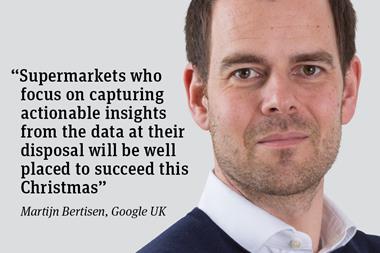



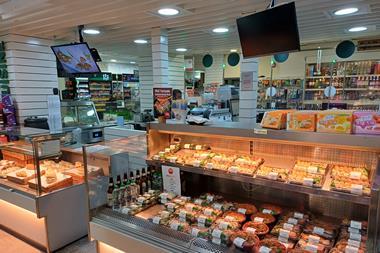


No comments yet